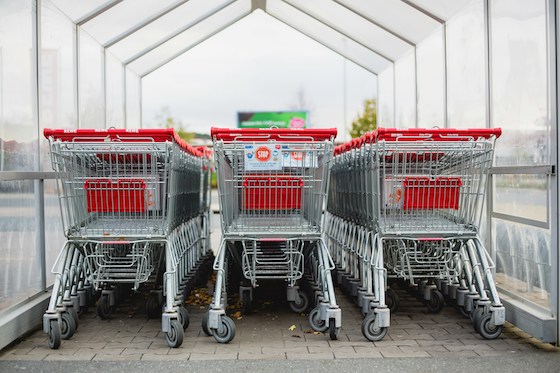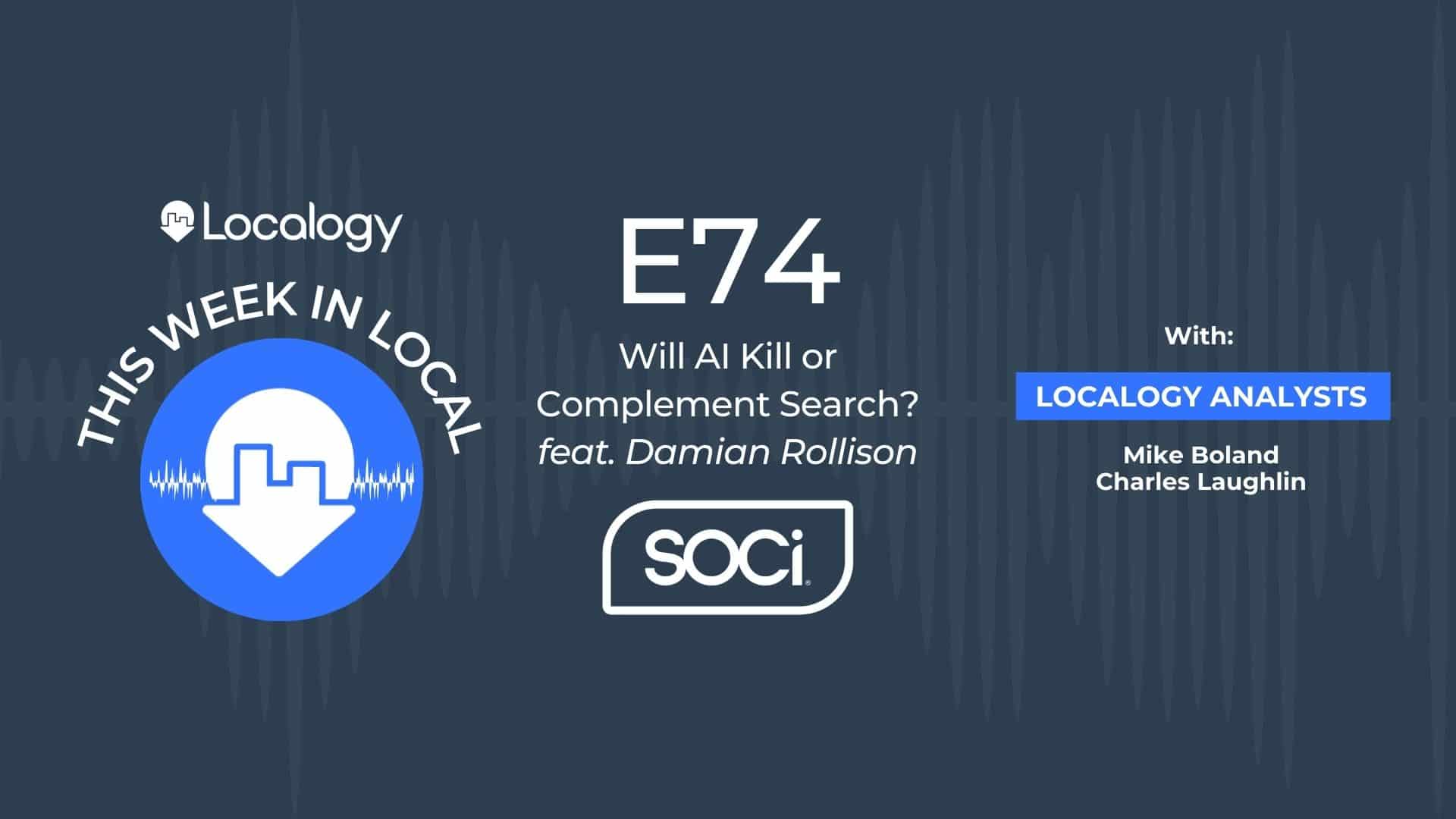Local businesses tend to have limited marketing dollars and often have to make hard choices about where to spend those dollars. Two marketing platforms that are often treated separately are search and social media. As a result, local businesses often feel that they have to choose one over the other when it comes to their local marketing efforts, but based on recent research, that may be a mistake.
A recent study of over 1,000 local businesses revealed that search and social media marketing directly support one another, and that level of interplay is only increasing as consumers turn more frequently to social sites like Facebook for information. This is great news for local businesses who need to stretch their marketing dollars as far as they can go; Facebook is still a relatively inexpensive way to market a business, but not only that, it’s effective well beyond the social sphere.
There is interplay between what consumers are accessing on social sites and how the information they find affects their Google searches. Ignoring one or the other can cause local businesses to miss out on potential customers who are at different stages of their buyer’s journey.
Invite Yourself Along on Your Buyer’s Journey
The “buyer’s journey” is a reference to the fact that, for most consumers, making a purchase is the end result of time spent: 1) becoming aware of a product of service, 2) evaluating or learning about said product or service, and 3) making a purchasing decision. There are many non-linear digital touch points: a search, a banner viewed, a social post, reviews read and more, that will impact the final decision made by a consumer.
The buyer’s journey is a very important concept for digital marketing because the internet is where most people are learning about new products and services and where they are conducting their product research. In some cases, they are doing their buying online too.
To reach a wider audience, marketers need to start thinking about this buyer’s journey and insert their brands into the process at various points. One of the most effective ways to do this is to combine search and social media marketing efforts. This creates a more comprehensive marketing strategy that allows more consumers to access brand information in different ways at different times. More ways of accessing different types of information = more viewers = wider audience = more potential customers.
Aligning Search and Social Marketing
Both social and search ads respond to consumers’ intent, particularly at the local level. Facebook users, for example, spend nearly an hour every day on the site and do many store check-ins, nearly all of which are local. They are among the 76 percent of people who conduct local searches on their smartphones and then visit a business within 24 hours.
It seems clear that consumers are using Facebook and its ads to identify and research local businesses, which means that social sites support local searches. Given that correlation, it can be very effective for local businesses to have both types of marketing working together.But how can a local businesses align social and search?
Facebook ads can be used to influence consumers at any point in the buyer’s journey. They are often triggered by past behavior, interest and location, not a search action. This is unlike search ads, which are triggered by a specific action: namely, the search. Typically, consumers are already at the purchasing decision stage when they click on a search ad.
For these reasons, local businesses need to create Facebook ads that stand out from other newsfeed content. Social ads need to look good, have a compelling message, and entice consumers to take a desired action. That action does not necessarily have to be a sale, it could simply be to provide more information for the consumer.
Search ads, by contrast, are viewed during the critical purchase phase. As such, they need to be much more targeted and relevant to consumers who are ready to buy right now. This means making sure that the right keywords, the right call to action, and the right content show up in the search and earn that clickthrough.
These two types of ads — search and Facebook — may even use the same content and therefore require little extra work for the local businesses. What really differentiates the ads from one another is the point in time at which they are accessed by the consumer and what the consumer does with the information received. It’s more about making sure the ad is available on different platforms at different points in time rather than creating two different ads.
By using search and social ads to complement and support one another throughout the entire buyer’s journey, local businesses are building long-term relationships with consumers. This is ultimately more successful because it helps cement local businesses in consumers’ minds as a trusted resource and brand, which has the potential to pay off greatly when the time comes for a purchasing decision.



